THE GREAT ESCAPE
Your Great Adventure
- Information
- Tour Plan
- Gallery
- Reviews
- Additional Info
- Similar Tours
What's included
Introduction part
- Day 1
- Day 2
- Day 3
- Day 4
- Day 5
- Day 6
- Day 7
Introduction to the city
The Morning Tour is an introduction to the city. You will learn about how the city was built and how it works today. You will see the gondola boatyard, several interesting churches and palazzos. It passes through Dorsoduro district ending in Campo Santa Margherita.
Main Landmarks
This tour covers St. Mark’s Square and districts of S.Marco and Castello. The tour will last 3 hours and it will take you through 10 centuries of Venetian history and architecture. You will learn about St.Mark’s square buildings, legends, events, conquests and governments.
Aerial View
See our Aerial Venice guide, which is packed with large overhead and close-up aerial views of the city with text descriptions. (Topics include squares and other sights, bridges, waterfront promenades, transportation hubs, and more.)
Piazza San Marco
The Piazza San Marco, or St. Mark's Square, is one of the world's great squares. It's also a honeypot for swarms of daytrippers and other tourists, but don't let that bother you: The square is vast, the crowds are good-natured, and backpackers coexist peacefully with the well-heeled tourists who enjoy overpriced drinks and orchestral music at the café tables. Some Venetians claim that pigeons outnumber the tourists. Certainly there are plenty of them, although their numbers have dwindled since the city began enforcing an ordinance against feeding the birds. (Note: Rick Steves suggests letting pigeon poop dry before brushing it off; this may work on clothing, but it's less effective when the poop is sliding down a balding scalp.)
Basilica di San Marco
The Basilica di San Marco (in English, St. Mark's Basilica) is both a house of worship and a monument to plunder: It was built to house the bones of St. Mark, whose remains had been stolen from Egypt by a pair of Venetian merchants, and the building is filled with sculptures, religious objects, and other booty that was hauled back from Constantinople and other faraway places during the Christian Crusades.
Grand Canal
The Canal Grande, known to English-speaking visitors as the Grand Canal, is the main aquatic thoroughfare in central Venice. The S-shaped waterway follows an ancient riverbed from the Tronchetto parking island, the Piazzale Roma transit center, and the Santa Lucia railroad station station to Piazza San Marco and St. Mark's Basin. The canal is about 4 km or 2.5 miles long, with a width that varies from 30 to 70 meters (98 to 230 feet).
Rialto Bridge
The Ponte di Rialto, a.k.a. the Rialto Bridge, has been the main pedestrian crossing between the two banks of the Grand Canal since 1591. In fact, it was the only bridge across the Canal Grande until a predecessor to today's Accademia Bridge was built in 1854. You might think that, with Venice being a city of traders, the shopping arcade in the center was built to separate tourists and locals from their money. In fact, the shops have a structural purpose: The rows of covered arches that run up the center of the bridge and over the top help to stiffen the bridge, making piers unnecessary and allowing 7.5 meters or 24 feet of clearance for boats (including the galleys that existed in the 16th Century, when the current stone bridge was built).
More about this tour
[bold_timeline id="3785"]
Since the fall of the Venetian republic in 1797, the city has held an unrivaled place in the Western imagination and has been endlessly described in prose and verse. The luminous spectacle of ornate marbled and frescoed palaces, bell towers, and domes reflected in the sparkling waters of the lagoon under a blue Adriatic sky has been painted, photographed, and filmed to such an extent that it is difficult to distinguish the real city from its romantic representations. The visitor arriving in Venice is still transported into another world, one whose atmosphere and beauty remain incomparable.
Today Venice is recognized as part of the artistic and architectural patrimony of all humanity, a fitting role for a city whose thousand-year economic and political independence was sustained by its role in global trading. The situation of the city on islands has limited modern suburban spread beyond the historic centre; its framework of canals and narrow streets has prevented the intrusion of automobiles; and its unmatched wealth of fine buildings and monuments dating from the period of commercial dominance has ensured a keen and almost universal desire for sensitive conservation. This concern for conservation is now extended not just to the city’s monuments but to the very city itself, as rising water levels and subsidence of the land upon which Venice is built threaten the continued existence of the city in its present form. In 1987 Venice and its lagoon were collectively designated a UNESCO World Heritage site. Pop. (2009 est.) city, 59,984; (2011 est.) comune, 270,884.





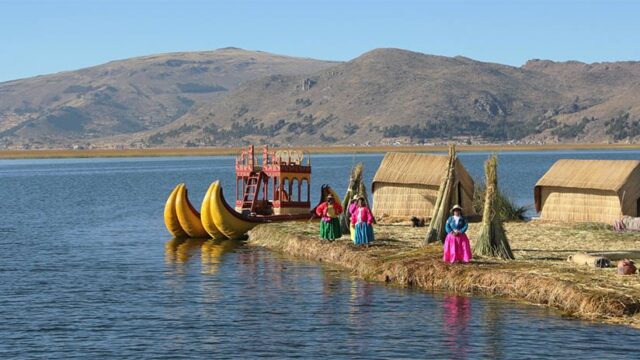
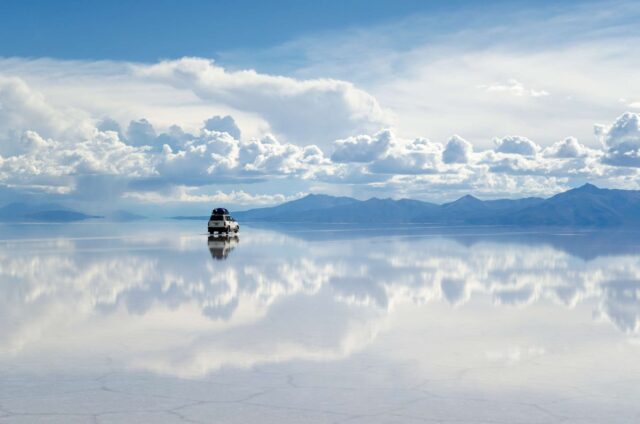
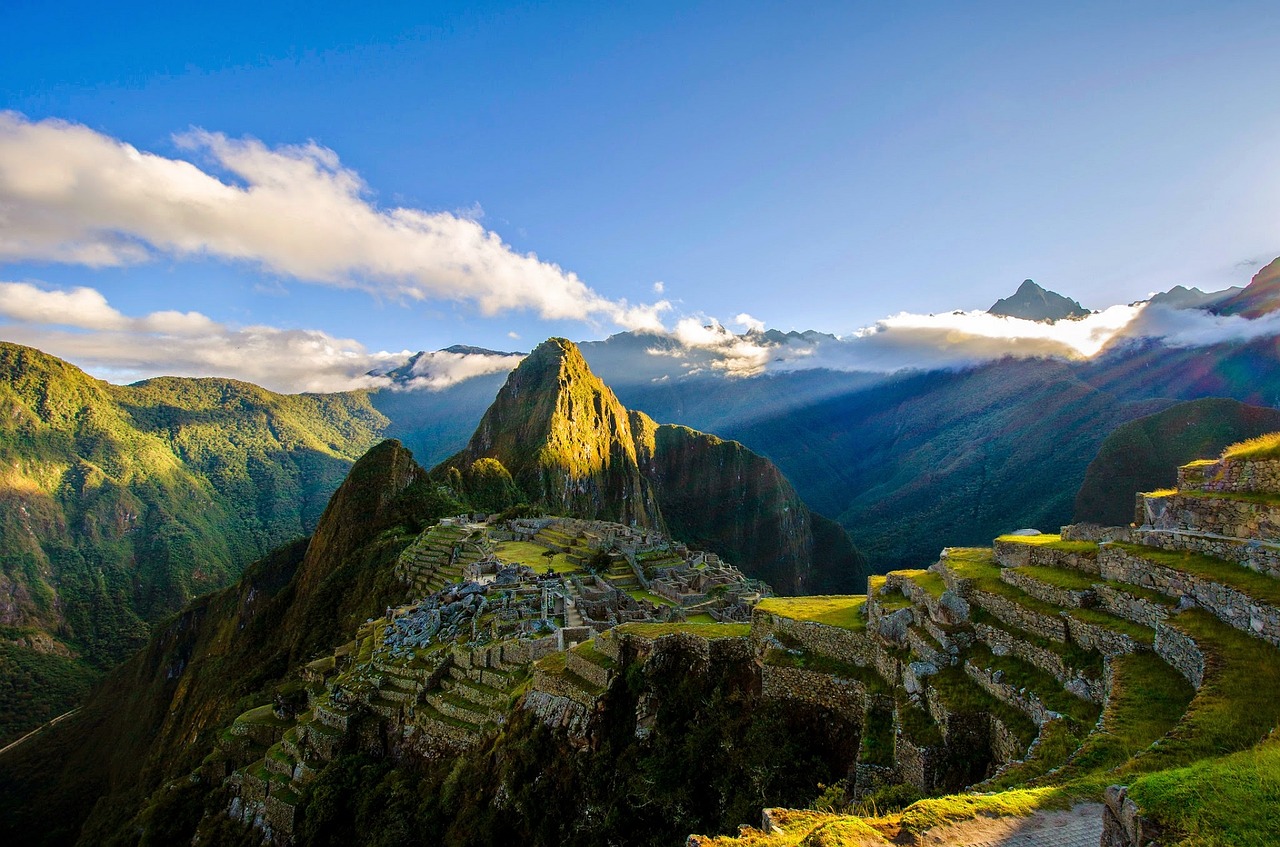

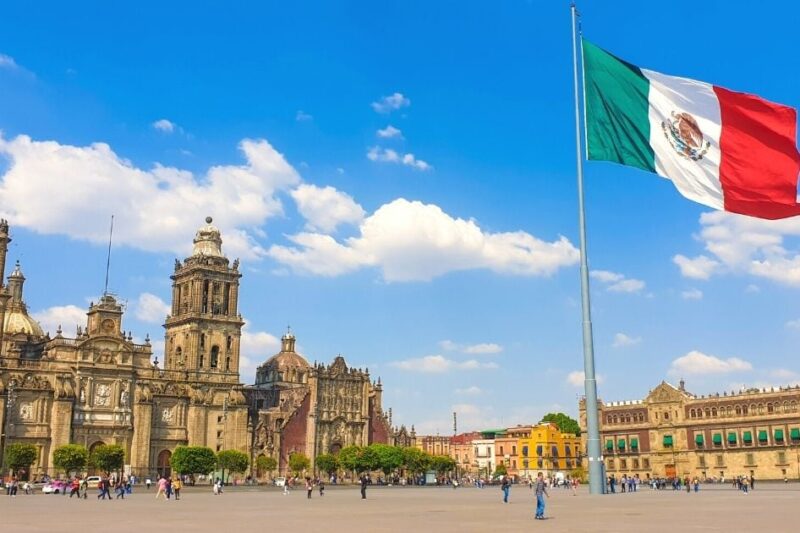

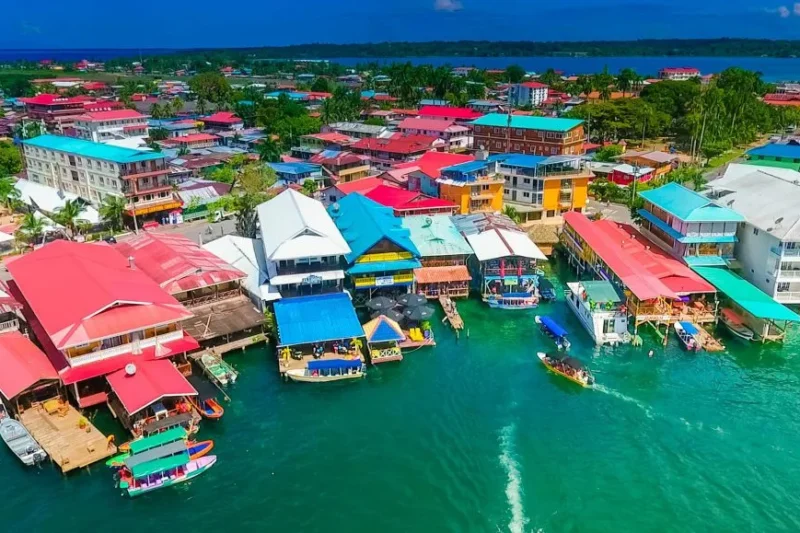

There are no comments yet.